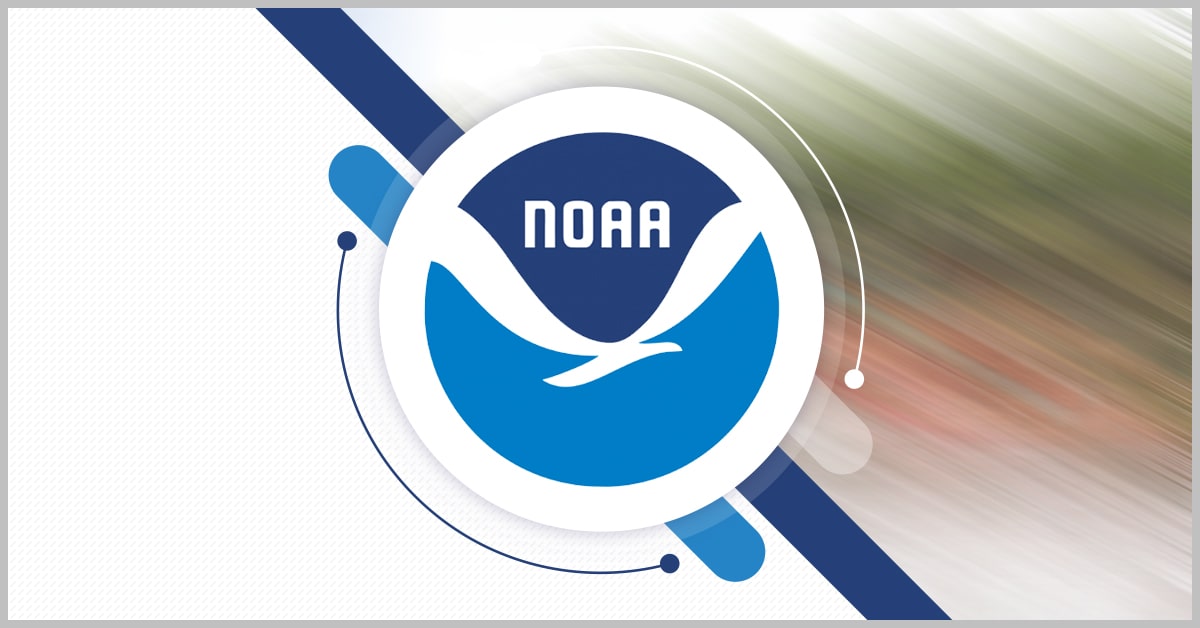The National Oceanic and Atmospheric Administration has revealed plans to purchase commercial radio occultation data as a service from diverse orbits. The agency said that it intends to increase procurement of RO data in the equatorial, polar and mid-latitude regions.
US Government Turns to Industry for RO Data
NOAA’s National Environmental Satellite, Data and Information Services, or NESDIS, is conducting a study on possible alternatives for Global Navigation Satellite System RO capabilities to replace its remote-sensing satellite constellation built to deliver atmospheric data. The Constellation Observing System for Meteorology, Ionosphere, and Climate-2, or COSMIC-2, is made up of six small satellites for weather forecasting and climate research.
COSMIC-2, launched in June 2019, is nearing the end of its operational life.
The results of phase 1 of NOAA’s RO architecture analysis of alternatives were published in January and it highlights the critical need of the agency for not just multiple, coordinated orbits but observation refresh rate of six hours in the tropics. By expanding commercial data acquisition, NOAA hopes to meet required commercial data with continuous global coverage for forecasting and researching Earth and space weather.





